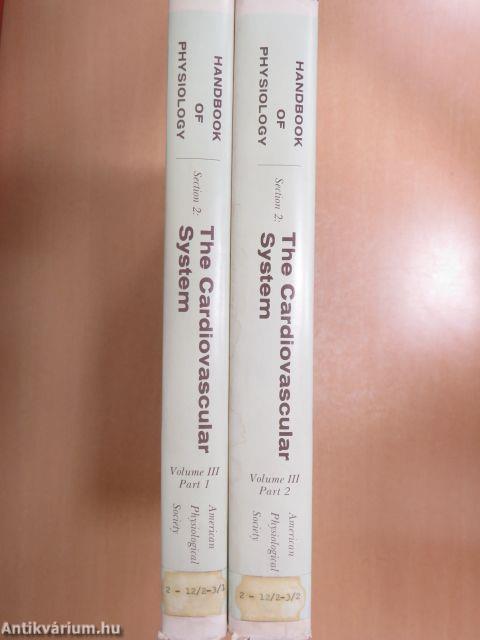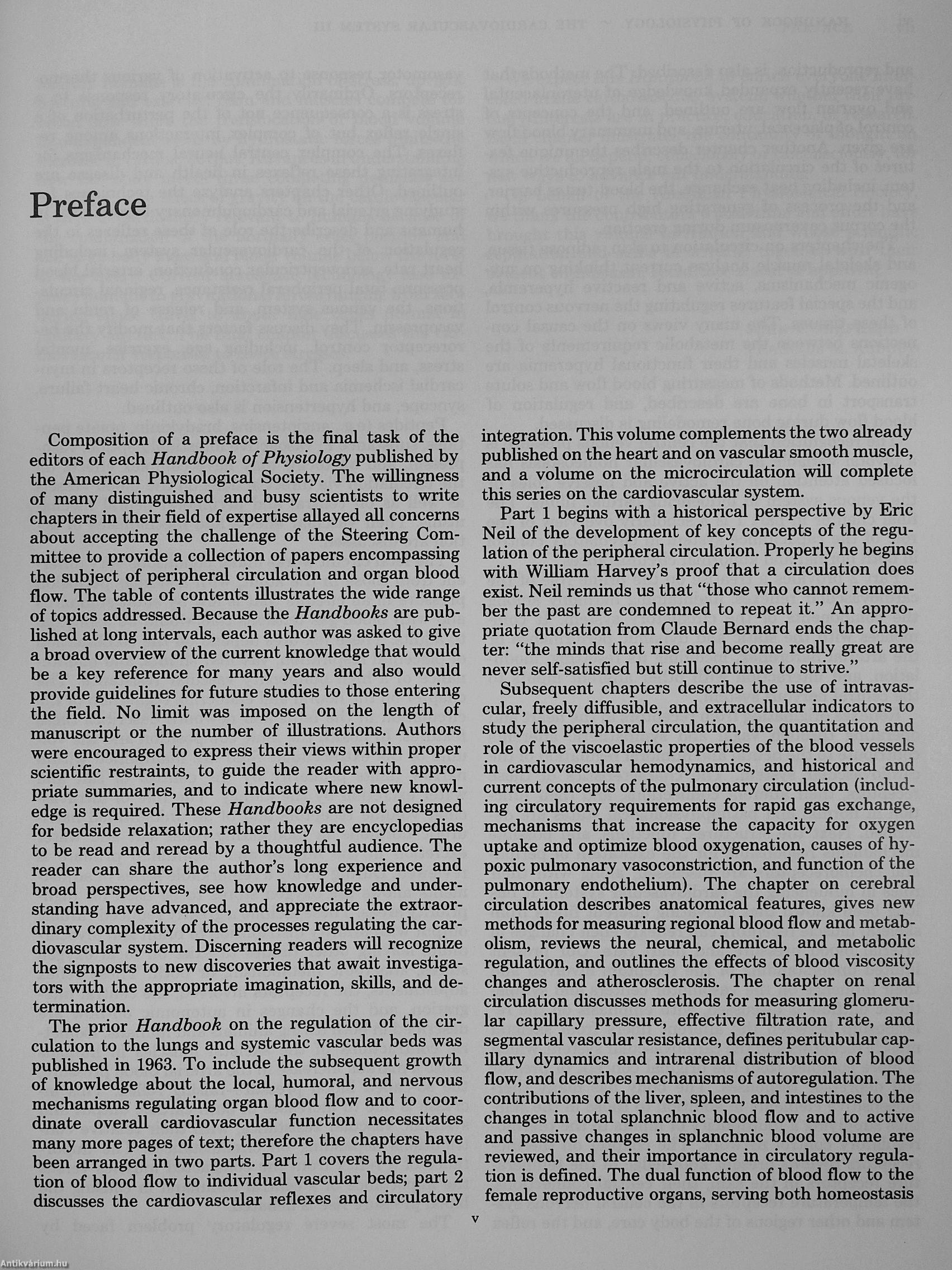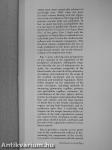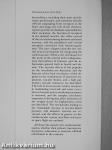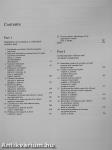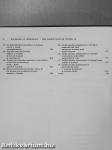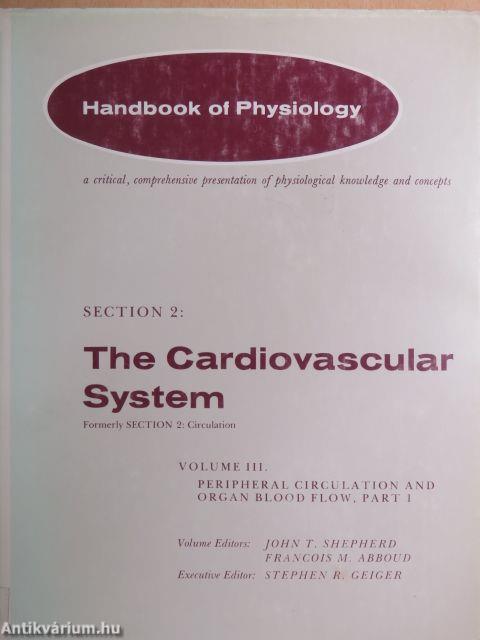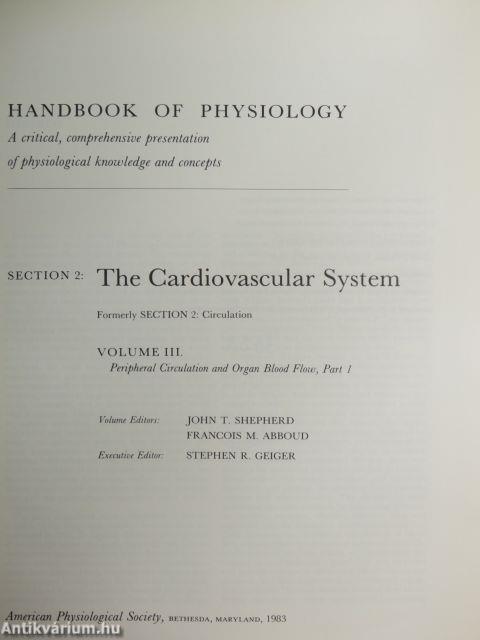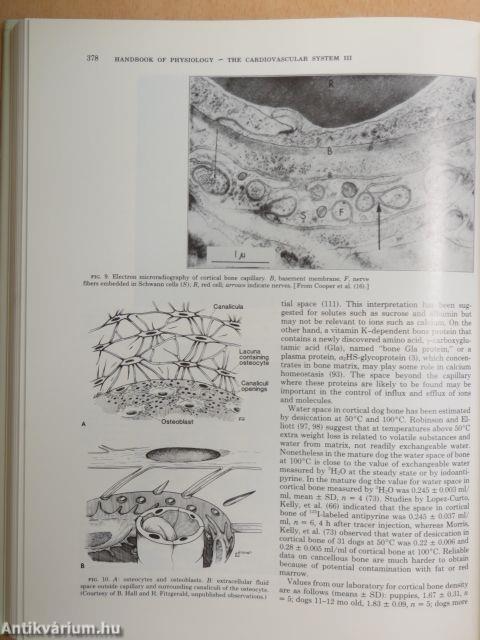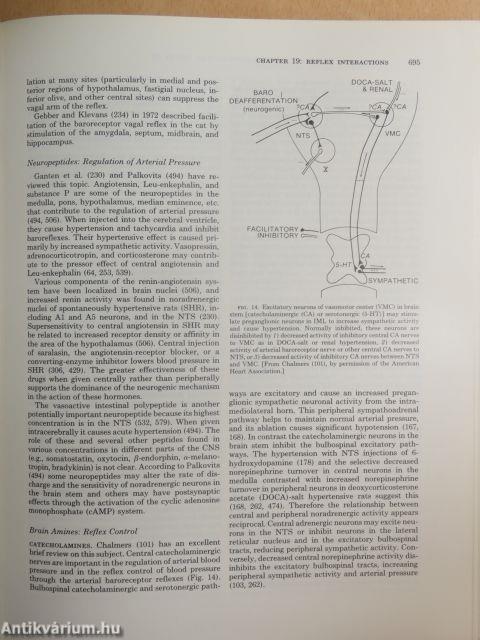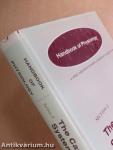1.066.808
kiadvánnyal nyújtjuk Magyarország legnagyobb antikvár könyv-kínálatát

VISSZA
A TETEJÉRE
JAVASLATOKÉszre-
vételek
The Cardiovascular System III./1-2.
Formerly Section 2: Circulation/Peripheral Circulation and Organ Blood Flow 1-2.
| Kiadó: | American Physiological Society |
|---|---|
| Kiadás helye: | Washington |
| Kiadás éve: | |
| Kötés típusa: | Vászon |
| Oldalszám: | 1.103 oldal |
| Sorozatcím: | Handbook of Physiology |
| Kötetszám: | 2 |
| Nyelv: | Angol |
| Méret: | 29 cm x 22 cm |
| ISBN: | |
| Megjegyzés: | További kapcsolódó személyek a könyvben. Fekete-fehér fotókkal, ábrákkal. |
naponta értesítjük a beérkező friss
kiadványokról
naponta értesítjük a beérkező friss
kiadványokról
Előszó
TovábbFülszöveg
¦I !',
' I
I ,<
''H'.-- lii u
mM
pt|< VI
II II, l'.t
I,1 11 ¦ 11 ti,
i"'-- .! TI i,
1 \ 1 ; I t ' 1 l
• , ' I
mM
M.
M
THERE HAVE BEEN remarkable advances in knowledge since 1963, when the prior Handbook volume dealing with the regulation of the circulation to the lungs and the systemic vascular beds was published. In fact, so much has been accomplished that it is necessary to publish this volume, entitled Peripheral CArndation and Organ Blood Flow, in two parts. Part 1 deals with the regulation of blood flow to individual vascular beds; part 2 covers the cardiovascular reflexes and circulatory integration. This Handbook volume complements the two already published on the heart and on vascular smooth muscle; one on the microcirculation will complete the series.
Part 1 starts with historical perspectives of key concepts in the regulation of the peripheral circulation. Subsequent chapters describe the use of indicators for its study, the viscoelastic properties of... Tovább
Fülszöveg
¦I !',
' I
I ,<
''H'.-- lii u
mM
pt|< VI
II II, l'.t
I,1 11 ¦ 11 ti,
i"'-- .! TI i,
1 \ 1 ; I t ' 1 l
• , ' I
mM
M.
M
THERE HAVE BEEN remarkable advances in knowledge since 1963, when the prior Handbook volume dealing with the regulation of the circulation to the lungs and the systemic vascular beds was published. In fact, so much has been accomplished that it is necessary to publish this volume, entitled Peripheral CArndation and Organ Blood Flow, in two parts. Part 1 deals with the regulation of blood flow to individual vascular beds; part 2 covers the cardiovascular reflexes and circulatory integration. This Handbook volume complements the two already published on the heart and on vascular smooth muscle; one on the microcirculation will complete the series.
Part 1 starts with historical perspectives of key concepts in the regulation of the peripheral circulation. Subsequent chapters describe the use of indicators for its study, the viscoelastic properties of the blood vessels, the control of the pulmonary circulation, and methods for the study of the cerebral circulation and its neural, chemical, and metabolic regulation. There follow chapters on the regulation of the renal circulation, including methods of measuring glomerular capillary pressure and peritubular capillary resistance; the contributions of the liver, spleen, and intestines to changes in total splanchnic blood flow and volume; and the dual function of blood flow to the female reproductive organs, serving both homeostatic and reproductive aims. Part I concludes with chapters on the unique features of the circulation of the male reproductive system; the control of the circulation to skin, adipose tissue, skeletal muscle, and bone; and the role of the capacitance system in circulatory control.
Part 2 provides a treatise on the prime role of the cardiovascular reflexes in harmonizing the components of the circulatory system. It commences with the arterial
(Continued on back flap)
(Continued from front Jl(ip)
baroreflexes, including their static and dynamic performance, and continues witb the reflexes originating from receptors in the heart and lungs, the role of the chemore-ceptors and the mechanisms responsible for their excitation, the function of receptors in the skeletal muscles, the reflex control of the circulation during dynamic and static exercise, and the peripheral and central receptors concerned with thermoregulation. The later chapters describe tbe central neural mechanisms for integrating the cardiovascular reflexes, the techniques for the study of the arterial and cardiopulmonary baroreflexes in humans, and the information gained, both in health and disease. The vascular effects of the peptides on the circulation are discussed, and the features of the fetal circulation, which depend on the combination of placental respiration, vascular shunts, and a high pulmonary vascular resistance, are described. Tbe role of intravascular volume receptors in modulating renal salt and water excretion in humans and in nonhuman primates is reviewed, and the complex circulatory responses to diving that allow utilization of tbe oxygen stores for high-priority areas are described. The mechanisms leading to the remarkable increase in arterial blood pressure with isometric exercise are reviewed, and the effects of gravity on the cardiovascular system and their relevance to space flight are outlined.
All those interested in the cardiovascular system, whether their primary interests are in practice, education, or research, will find enrichment in tbe contents.
- i' , . i Vissza
Témakörök
- Orvostudomány > Élettan
- Idegennyelv > Idegennyelvű könyvek > Angol > Orvostudomány
- Orvostudomány > Általános orvosi, egyéb > Idegennyelvű
- Orvostudomány > Általános orvosi, egyéb > Kézikönyvek, enciklopédiák
- Orvostudomány > Általános orvosi, egyéb > Kutatások, kísérletek
- Orvostudomány > Belgyógyászat > Általános > Idegennyelvű
- Orvostudomány > Belgyógyászat > Általános > Kézikönyv
- Orvostudomány > Belgyógyászat > Általános > Betegségek > Egyéb
- Orvostudomány > Orvosi idegennyelvű könyvek > Általános orvosi
- Orvostudomány > Orvosi idegennyelvű könyvek > Belgyógyászat
- Orvostudomány > Orvosi idegennyelvű könyvek > Élettan
- Orvostudomány > Általános orvosi, egyéb > Betegségek > Egyéb



